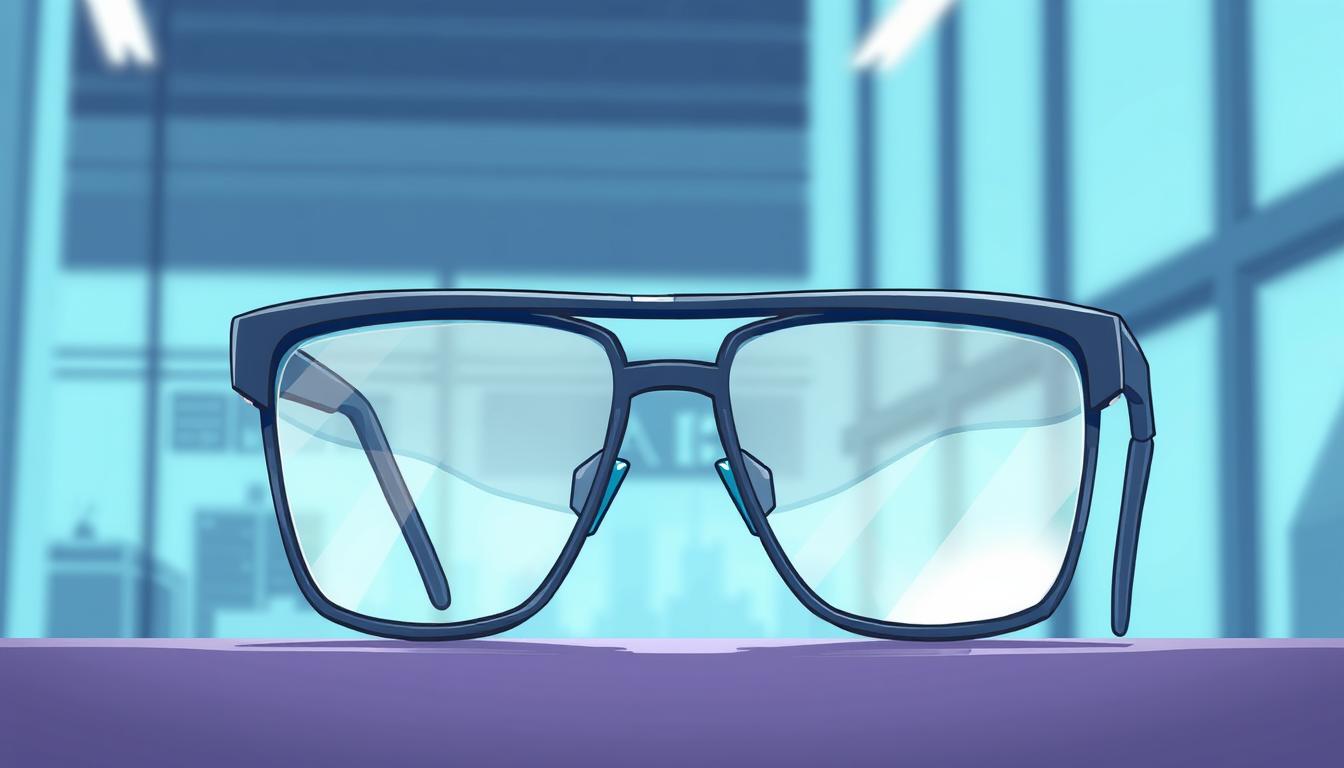Over time, DSLR has continued to dominate the market. However, with the emergence of smartphones, some smartphones currently offer similar features as basic DSLRs and have led many to wonder if DSLR cameras are as useful these days. Photography enthusiasts and casual users alike have been asking questions like: are smartphone cameras as good as DSLRs? This, however, is dependent on quite a number of things, including what the camera is intended for, how advanced the camera technology is, and where it will be used. It is, therefore, prudent to analyze the strengths and weaknesses of smartphone cameras and DSLRs in order to understand what makes them good for what purposes.
Image Quality
First of all, many premium-range smartphones may produce these fantastic images that at first sight do not make one see much difference from the pictures snapped using the DSLR cameras. The capabilities of modern smartphones such as the iPhone 15 Pro, Samsung Galaxy S24, and Google Pixel 8 Pro are increasing with the addition of multiple lenses, high resolution sensors, and even advanced computational photography for improved image quality. In fact, if you are taking photos in good lighting, there is no doubt that phones can provide clear, colorful, and well-exposed images.
Precision with DSLR cameras
However, it still seems that when dealing with images, this gives an upper hand to a DSLR. With a larger sensor, a DSLR will generally have a better image quality compared to any other camera point. Considering the technology combined with size, most images taken from a DSLR performs well, especially in dim lights. Even the basics of imaging states – more the size, more the detail one would capture. All of this still gives an edge to a DSLR where quality matters most.
Modularity of the lens design
Changing lenses is perhaps one of the biggest perks for DSLR users. DSLR users can pick up any kind of lens they are comfortable or even use wide, telephoto, macro or prime lenses depending on the job at hand. This degree of flexibility means that almost any technique is in reach allowing photographers to take critically different styles, from portrait to wildlife and even landscapes.
Smartphones, however, come with limitations as far as the avatar of the lens is concerned. Even though most smartphones have multiple lenses built into them, like the wide-angle and telephoto lenses, they are of no use when it comes to swapping them out for other types. Moreover, the lens focal lengths found in smartphones are relatively more basic than those available for the lenses meant for the DSLR cameras. Therefore, in the case of certain types of photography that require extreme zooming or macros, there is still a lot that a DSLR camera can flexibly do.
Control and Customization
DSLR cameras are made and built to satisfy and meet the needs of photography enthusiasts and professionals have the upper hand in controlling their camera’s parameters. Most of the imaging controls are in the manual format, which includes exposure, aperture, shutter, iso and focus making sure the photographer gets the best tilting of his image target. There are also extensions and accessories like flashes, filters and tripod mounts that DSLRs can also accommodate therefore allowing even more creative control to the user.

Also Read: Advantages and Disadvantages of Purchasing a Restored Samsung Galaxy S23 Ultra 5G
The convenience of smartphones has led to their popularity and mass adoption. Although a plethora of smartphone cameras include an array of features including ‘Pro’ or ‘Manual’ modes, they are, however, not anywhere near the level of control a DSLR can perform. As for amateurs who shoot with smartphones, the cameras are pretty straightforward to operate, which guarantees acceptable outcomes without any adjustments. For people however who regard photography as more than just a hobby, DSLRs provide unparalleled manual control over the images taken.
Low-Light Performance
Many experts claim one of the strongest advantages of IR cameras is their low-light performance. touching even greater aperture lenses (like f1.4 or f2.8) with larger sensors and an overall great build, DSLRs are able to grasp more dark environments. A sturdier image with significantly less grain with good color reproduction is achieved even in harsh lighting conditions.



